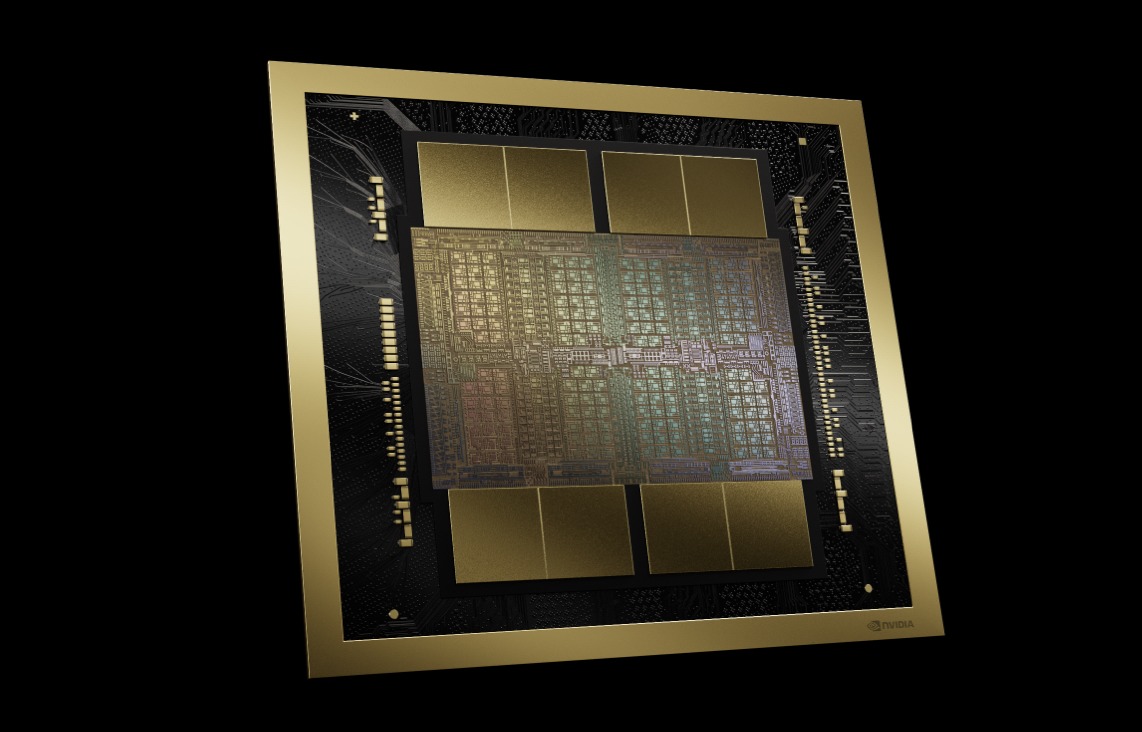justineanweiler.com – NVIDIA’s Blackwell architecture marks a significant milestone in the evolution of graphics processing units (GPUs). Building on the successes of its predecessor, Ada Lovelace, Blackwell promises enhanced performance, improved efficiency, and innovative features designed for gaming, professional visualization, and artificial intelligence (AI) workloads. Let’s dive into what makes NVIDIA Blackwell a game-changer in the tech industry.
Architectural Innovations
Blackwell introduces a refined GPU architecture focused on maximizing performance while improving power efficiency. Key advancements include:
- Advanced Process Node: Blackwell GPUs are built using state-of-the-art 3nm or 4nm fabrication technology. This enables higher transistor density and better energy efficiency.
- Enhanced CUDA Core Design: The CUDA cores in Blackwell have been reengineered for higher throughput, particularly for mixed-precision computing, which is critical for AI and machine learning tasks.
- Next-Generation Ray Tracing: NVIDIA’s ray-tracing technology has been further refined. Blackwell GPUs feature dedicated RT (ray tracing) cores with improved algorithms, delivering more realistic lighting, reflections, and shadows in real-time.
- DLSS Advancements: Blackwell debuts the next iteration of Deep Learning Super Sampling (DLSS), leveraging AI to upscale lower-resolution images in real-time. This allows for higher frame rates without compromising visual fidelity.
Performance Benchmarks
Early benchmarks highlight the exceptional capabilities of Blackwell GPUs:
- Gaming Performance: Flagship Blackwell models achieve 50-70% better frame rates compared to Ada Lovelace GPUs in 4K gaming.
- AI and Compute Workloads: Blackwell excels in AI tasks, delivering up to 2x improvements in training and inference times for large models, thanks to its enhanced tensor cores and memory bandwidth.
- Power Efficiency: With optimized power management, Blackwell offers a lower thermal footprint, making it ideal for both high-performance gaming rigs and energy-conscious data centers.
Memory and Bandwidth
NVIDIA has introduced a new memory subsystem in Blackwell GPUs, featuring higher capacities and faster bandwidth. The use of GDDR7 memory, combined with an expanded memory bus, ensures smooth performance for memory-intensive applications like 8K video editing and large-scale simulations.
Software Ecosystem
The Blackwell launch is complemented by updates to NVIDIA’s software stack:
- NVIDIA Studio: Creators benefit from optimized drivers and tools for applications such as Blender, Adobe Premiere Pro, and DaVinci Resolve.
- CUDA and TensorRT Updates: Developers working on AI and scientific computing can leverage improved libraries and frameworks, ensuring seamless integration with Blackwell’s hardware features.
- GeForce Experience: Gamers can enjoy new features like enhanced performance tuning, real-time ray tracing optimizations, and improved broadcast tools for streaming.
Competitive Landscape
With the Blackwell architecture, NVIDIA reinforces its leadership in the GPU market. AMD and Intel, despite recent advancements, face a formidable challenge in matching Blackwell’s blend of performance, efficiency, and innovative features.
Pricing and Availability
As with previous NVIDIA launches, Blackwell GPUs are available in a tiered lineup. This caters to diverse user needs—from budget-friendly models for mainstream gamers to high-end variants aimed at professionals and enthusiasts. While the pricing reflects the cutting-edge technology, the performance gains justify the premium.
Conclusion
NVIDIA’s Blackwell architecture is more than an incremental upgrade—it represents a transformative leap in GPU technology. By addressing the needs of gamers, creators, and AI researchers, Blackwell sets a new standard for GPU performance and efficiency. As the tech landscape evolves, Blackwell GPUs are poised to shape the future of computing with their unparalleled capabilities.





